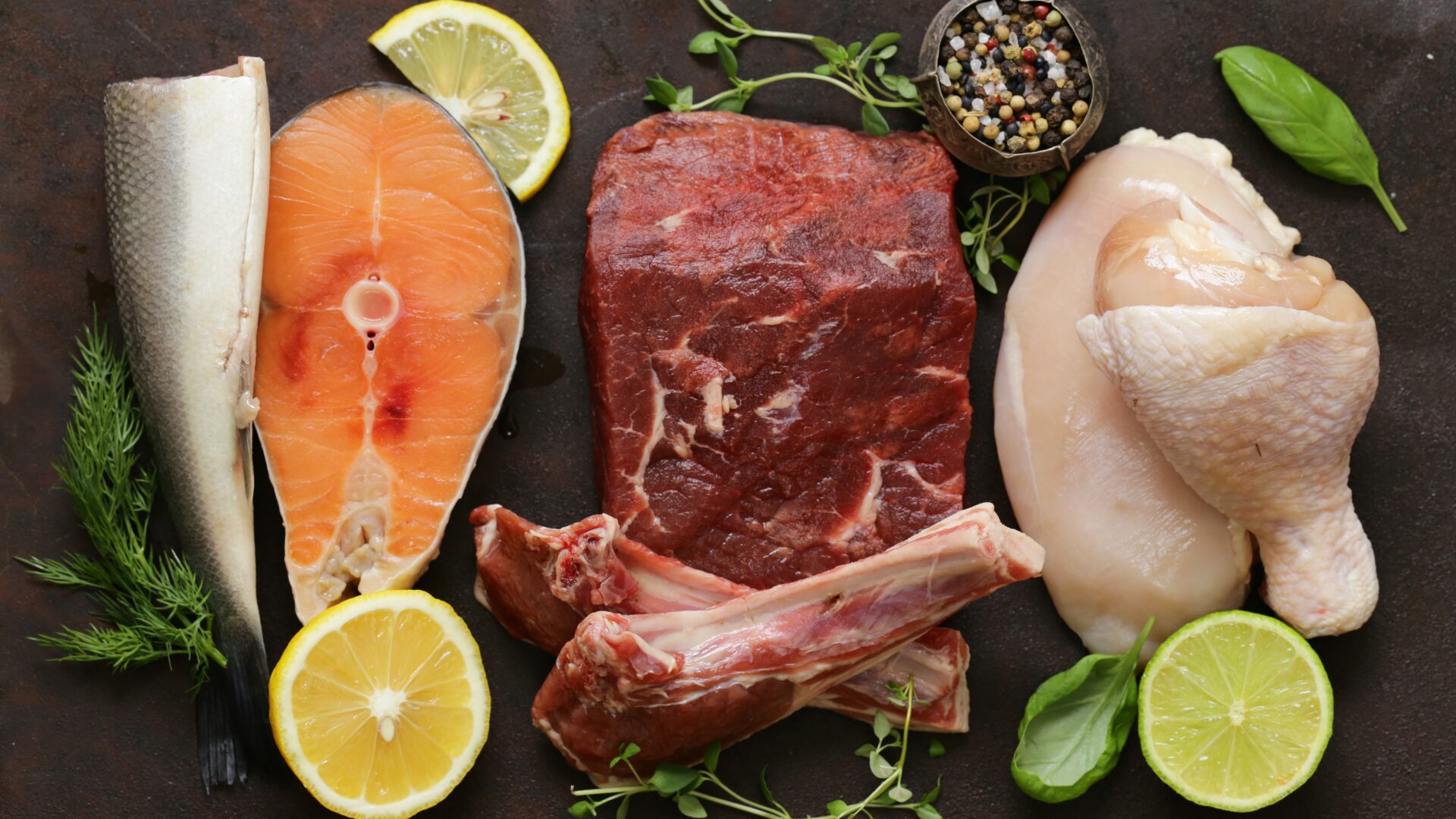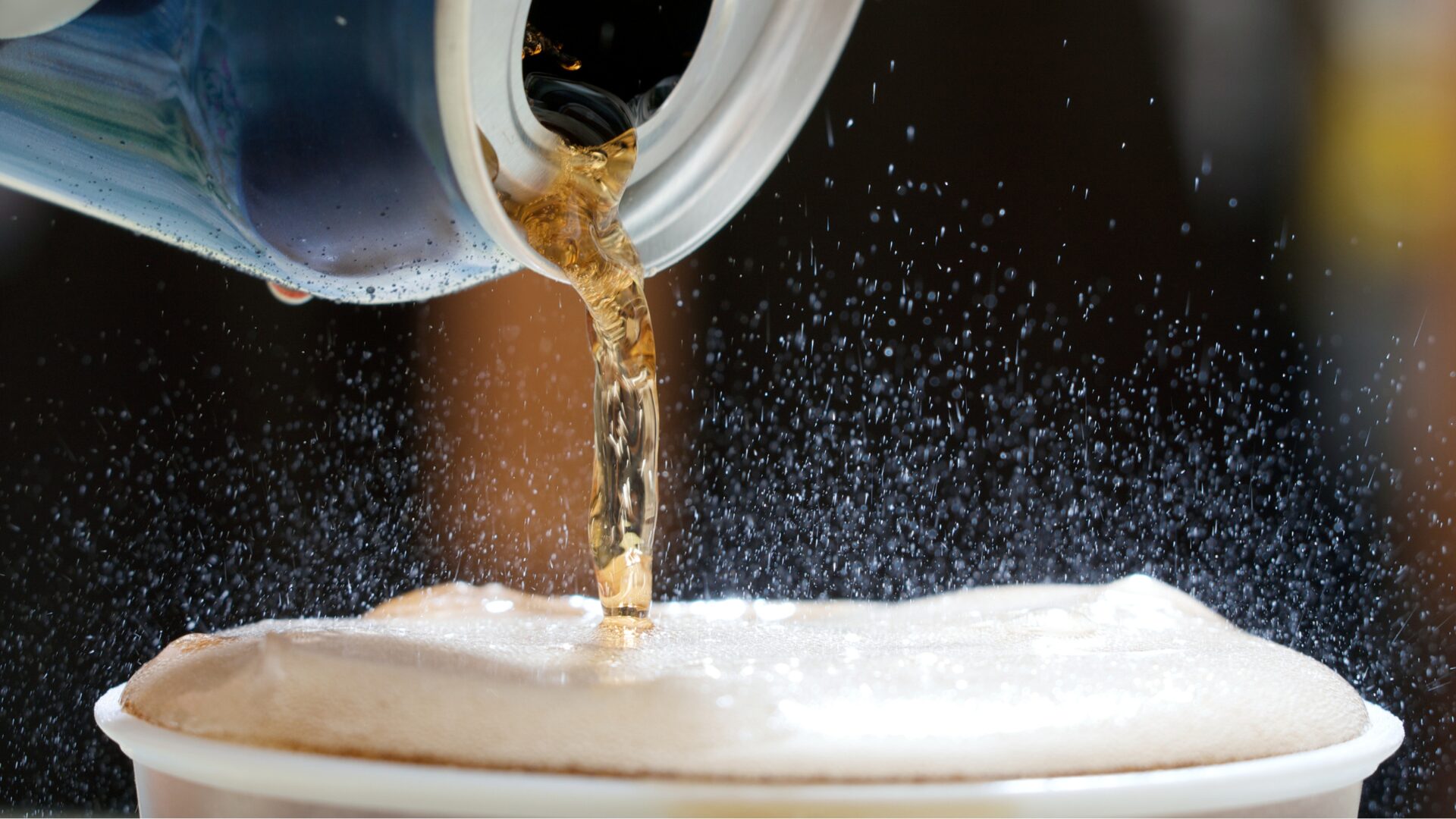During the Great Recession, consumers spent less, traded down, and cut back on many CPG purchases.
A recent report from the IRI Recession-Proof Your Business series explored these behaviors to glean strategies for success in future economic downturns.
Here are a few key takeaways for CPG manufacturers and retailers to keep in mind as economist increasingly highlight the prospects for a U.S. recession.
-
Define Value
Value tier brands gained in both dollar and unit sales between 2008-2009, as consumer shifted their buying patterns in response to rising prices. But while “value” was a key product attribute, it didn’t necessarily mean “cheap.”
Reinforcing the overall value of products by communicating special benefits, such as convenience, health, or multifunctionality is a time-tested strategy to boost sales and attract new buyers.
In 2022, for instance, consumers have been willing to sustain multiple price increases for products like prepared foods, pre-sliced produce, and deli trays, which demonstrate value beyond the price tag.
Furthermore, offering the right variety of pack sizes and price points can provide affordability for those who seek it while simultaneously serving shoppers looking to trade up for indulgence.
-
Fine-Tune Assortment
Retailers that expand their assortments with a balance of value and premium offerings are likely to grow in the year ahead.
Share of private label food and beverage increased during the Great Recession, mostly outpacing branded growth, and is poised to rise in 2022. Top departments for private label growth include healthcare, fresh/perishable, frozen, and center store.
Consumer spending during and after the recessionary period also gravitated towards comfort and personal indulgence. Focusing on similar COVID-19 induced trends like self-care, preventative nutrition, and at-home convenience meals, are an ongoing strategy for success, with IRI predicting these shopping behaviors are likely to continue for the next few years.
-
Capitalize on New Occasions
Offering new products that deliver special benefits can drive sales and command higher prices. With that, innovations that achieved new product pacesetter status during the recession tapped into:
- Premiumization: Consumers were willing to spend more on DIY services, small indulgences, and higher quality entrées, often as a tradeoff for not dining out.
- Multi-Serve: The improved quality of microwaveable products boosted this trend, but consumers were also partial to products that delivered more.
- Multi-Function Consumers were drawn to known brand collaborations that could deliver multiple benefits, saving both time and money.
- Adjacencies: Several brands, including Kellogg’s Special K, Dove, Gatorade, Starbucks and Crest, successfully pushed into adjacent categories to tap into pockets of growth.












